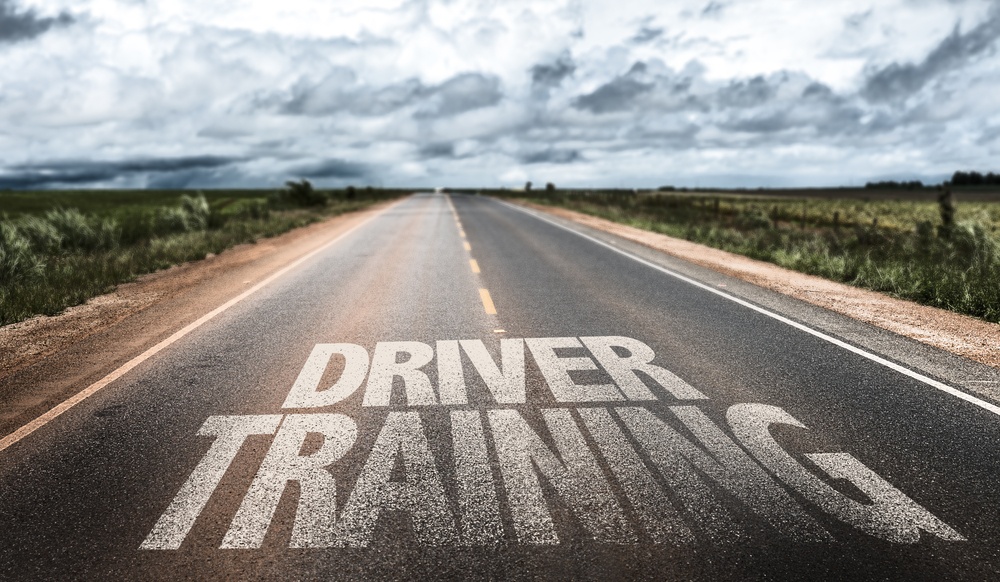
If you run a fleet of vehicles, you are surely aware driver training is essential to keep operating a safe and efficient fleet. Regular driver training can only improve global fleet safety and might also help in detecting maintenance issues or decrease global fuel consumption. But when it comes to driver training, when is it best to train your drivers?
According to an article recently published by Fleet News and prepared with the collaboration of the experts of AA Drivetech, there are 6 moments in which driver training is perfectly placed to help build up safe and efficient fleets. Let’s go through them:
#1 - With a new employee. Training a new hire might have multiple purposes, such as making sure the driver gets off to a great start, not leaving the training for later when it might be perceived as a form of criticism, and making sure the importance placed on duty of care and safety while driving is conveyed to the new employee. In certain cases, experts advise to test driving abilities of a future employee even before they hire him in order to make the final decision easier or to prepare a customised induction experience. A similar process should be carried out after long-term sickness, maternity/paternity leave or when employees change roles.
#2 - After a collision. Providing training after a driver has been involved in an incident is beneficial for a number of reasons: the idea is to investigate the causes of the incident in order to address potential issues and avoid them in the future, but it is also important, as experts claim, to prepare the person for getting back to driving on the road if the experience has left him/her shaken.
#3 - When you procure new vehicles. Though some companies can underestimate how easily a professional driver switches to a new vehicle, even the most seasoned drivers should still be introduced to it. It is generally not common practice to familiarise new employees to a vehicle before getting them on the road, as they usually take the new keys and just get going, but according to experts there should definitely be a change in this trend. Basic vehicle familiarisation training or short courses based on areas such as parking and manoeuvring can also help reduce the number of low speed collisions.
#4 - If new technology is implemented. According to the last statistics, there is an increasing number of hybrid and electric vehicles on the roads; and such vehicles have quite different driving characteristics if compared to the more traditional internal combustion engine types, with which drivers should be familiarised in order to drive efficiently and avoid wear and tear.
#5 - After a regular driving assessment. Regular driver assessments enable fleets to take a targeted approach to maintaining standards, address any gaps in knowledge and protect against complacency. Regular driver training is put in place with specific targets in mind and those targets need to be assessed on at least an annual basis in order to readdress or modify training.
#6 - If a driver is identified as high risk. Drivers could be identified as high risk for a number of reasons: it could be incident history, mileage, penalty points on their licence, attitude or even telematics driver behaviour data. All of these can be addressed with driving training with an expert able to pinpoint areas for development.



